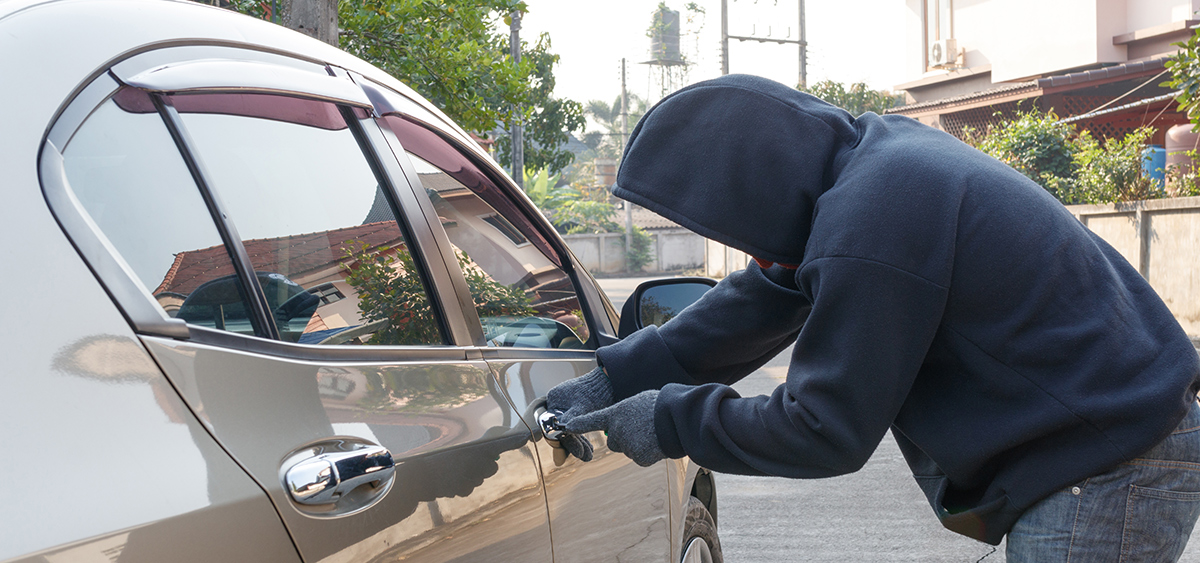Shop lifting, vehicle theft, robbery … whatever the value of the stolen thing, where the theft took place or how it took place, it is a crime to take something that doesn’t belong to you. It is also a crime to possess something stolen.

Theft
It is a crime to take something belonging to someone else without permission.
It can be theft even if the thief
- doesn’t succeed in taking the object,
- only takes the object temporarily,
- doesn’t hide, or
- the stolen object has little or no value.
It is also a crime to help someone steal something. So, being a lookout in a store or taking labels off stolen goods can be a crime.
Robbery: when violence or a weapon is used
Robbery means stealing something using violence or threats. For example, it is robbery when someone threatens to hurt the victim during a theft.
Theft with the help of a weapon is also robbery. The term “weapon” includes a lot of things: it can include any object used to hurt or threaten someone. For example, it can include a gun, a knife or a stick. Stealing using an imitation weapon is also robbery. So, someone who does a “hold-up” using an imitation gun could be committing robbery.
Possessing stolen property
It is a crime to have something in your possession when you know it was illegally obtained.For example, it can be a crime to have a cell phone you know was stolen. If you were the one who stole the phone, you could be accused of theft and possession of stolen property.
In some cases, a court can decide that someone knew something was illegally obtained and turned a blind eye to this. This can happen if the person got the object in suspicious circumstances, and didn’t ask questions about where it came from. The court can conclude that the person avoided checking because she did not want to know the truth.
Buying used goods: a few precautions
Before buying something used, do a little checking. If the price seems too good to be true, ask the seller questions. For example, you can ask where the object came from or if the seller still has a bill.





